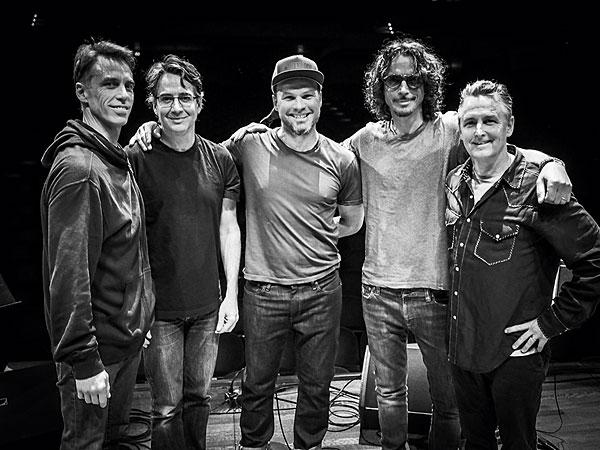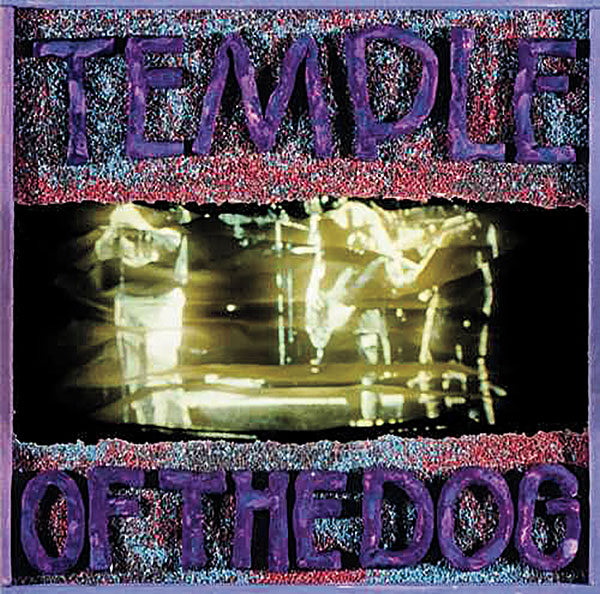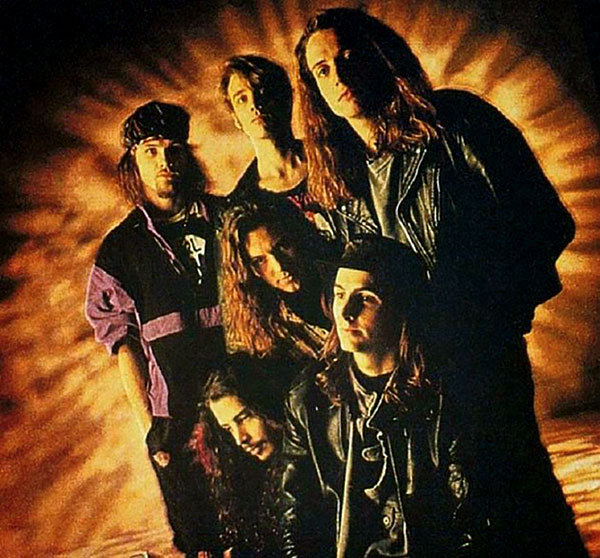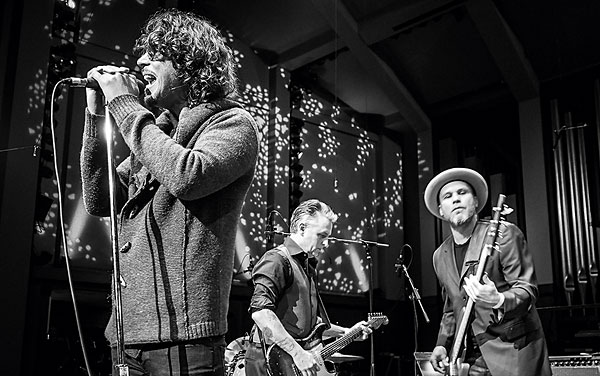I couldn't disagree more strongly with this review and find it really surprising that someone versed in surround sound wouldn't immediately call out one of the biggest faux pas with 5.1 mixing - lead vocals in the rears! Harmonies? Yes, absolutely, go for it! Lead vocals? Never. Doubled lead vocals? Even worse, which is what we get here on Times of trouble. I'm not talking about a duet like Hunger Strike, I'm talking about when a singer records the main vocal line twice (doubled lead vocal). Kasper puts this through mainly the right rear on Times of Trouble, it sounds absolutely awful and completely shatters and sense of depth the 5.1 mix should have. Hunger Strike is awful, Eddie Vedder's lead vocals should NOT be through the rears. Front left vs. front right maybe, all through the center would be the best way to mix it with maybe a little bleed into the fronts to have more heft.
I couldn't believe my ears when Eddie's lead came through, WTF'nF? I thought to myself. It was the first track I listened to and I was really grooving up to that point, Kasper's 5.1 mix was really good on the music and is the same throughout. If they had offered a bonus like fully instrumental 5.1 as Steven Wilson has done for several of the 5.1 mixes he's done with XTC and others, I would have loved it.
Where does the 5.1 mix work? Where Cornell only records a single vocal line. Check out Wooden Jesus for example, magic!
Yeah, just a big disappointment, Kasper is so close to making a great 5.1 mix but he needs to follow these very easy guidelines on vocals to allow his 5.1 mixes to sound bigger than your room, vs. tilting your room on it's side and crushing the illusion of space and depth the music had before the vocals kick in.










